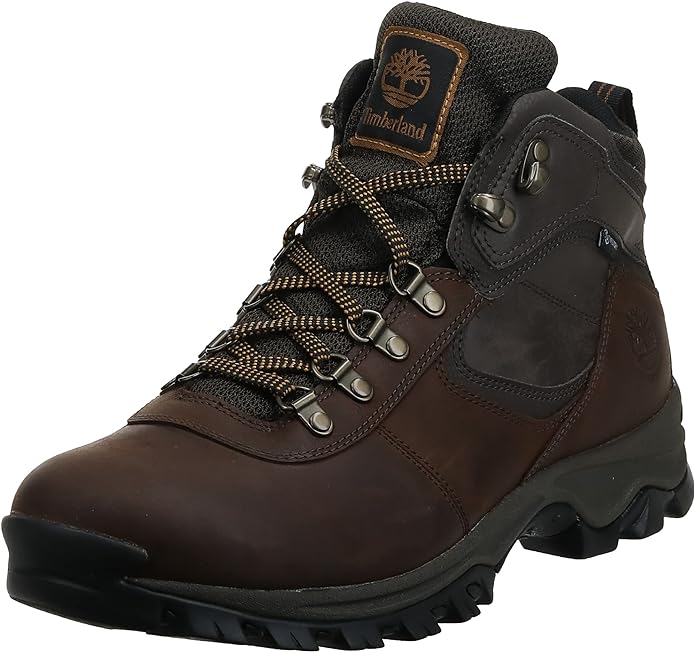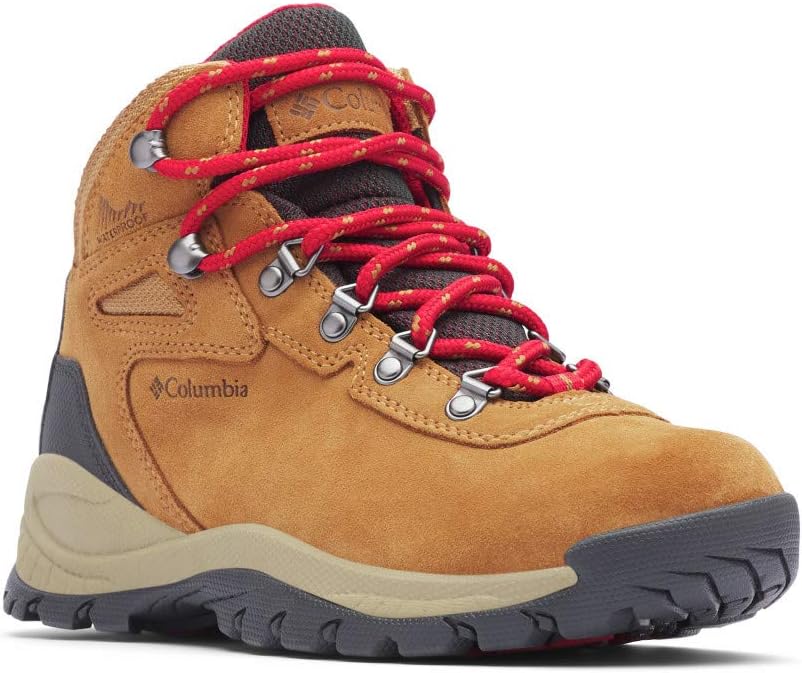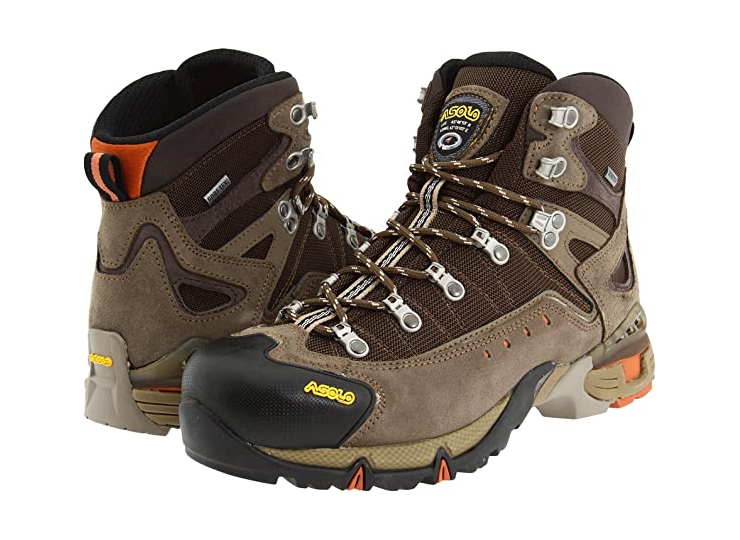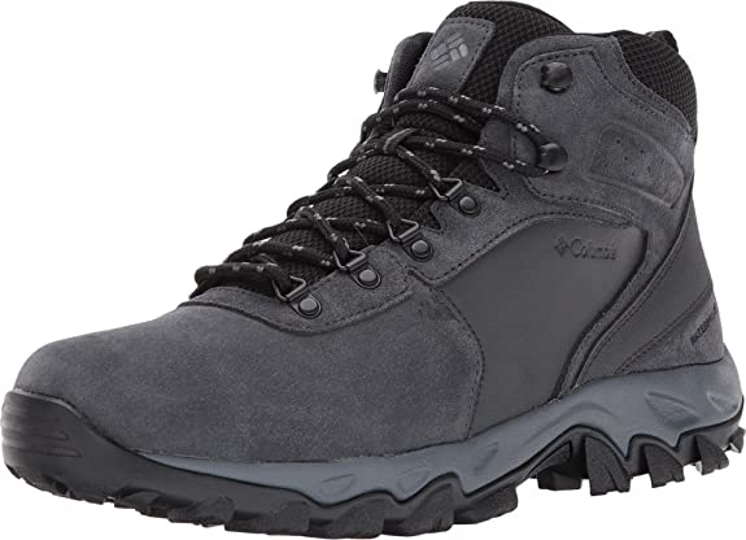If you’re an avid hiker, you know the importance of keeping your feet dry and comfortable on the trails. One of the key ways to achieve this is by properly waterproofing your hiking boots. In this blog post, we’ll cover everything you need to know about waterproofing methods, choosing the right products, preparing your boots for treatment, applying the treatment correctly, and testing and maintaining the effectiveness of your waterproofing. With these tips, you’ll be able to ensure that your hiking boots keep your feet dry and comfortable on all your outdoor adventures.
Understanding Waterproofing Methods
When it comes to protecting your outdoor gear from the elements, waterproofing is essential. Whether it’s your hiking boots, backpack, or tent, understanding the different waterproofing methods can help you choose the right products and ensure they are applied correctly. In this blog post, we will explore the various waterproofing methods available and provide tips on how to maintain their effectiveness.
One of the most common waterproofing methods is using waterproofing sprays. These sprays are easy to apply and are suitable for a wide range of outdoor gear, including clothing, footwear, and tents. They work by creating a protective layer on the fabric, which repels water and prevents it from seeping through. Waterproofing sprays are a convenient and cost-effective way to ensure your gear stays dry during outdoor adventures.
Another popular waterproofing method is seam sealing, which is particularly important for waterproof jackets and tents. Seam sealing involves applying a special sealant to the seams of the fabric to prevent water from seeping in through the stitching. This method is essential for maintaining the waterproofness of your gear, especially in areas prone to heavy rain or snow.
Choosing The Right Waterproofing Product
When it comes to choosing the right waterproofing product for your outdoor gear, it’s important to consider a few key factors. With so many options on the market, it can be overwhelming to know which product is best for your specific needs. Whether you’re waterproofing your hiking boots, tent, or rain jacket, selecting the right product is crucial for keeping your gear dry and in top condition.
One important factor to consider when choosing a waterproofing product is the material of the item you want to treat. Different materials, such as leather, nylon, or polyester, may require different types of waterproofing treatments. It’s essential to select a product that is compatible with the material of your gear to ensure the best results.
Another consideration when choosing a waterproofing product is the level of waterproofing and durability you require. Some products offer a higher level of water resistance and are designed for heavy-duty use, while others may be more suitable for occasional rain showers. Additionally, consider the application method of the product. Some treatments require heat activation, while others can be simply sprayed or rubbed onto the gear.
Preparing Your Hiking Boots For Treatment
Before you can apply waterproofing treatment to your hiking boots, it’s important to properly prepare them for the process. This will ensure that the treatment is effective and long-lasting, keeping your feet dry and comfortable on the trail.
The first step in preparing your hiking boots for treatment is to clean them thoroughly. Use a small brush or cloth to remove any dirt, mud, or debris from the surface of the boots. Pay special attention to the seams and crevices where water is most likely to seep in.
Once the boots are clean and dry, you can begin the treatment process. Before applying any waterproofing product, be sure to read the manufacturer’s instructions carefully to ensure that you are using the product correctly. Some products may require a certain drying time or additional steps for best results.
Applying Waterproofing Treatment Correctly
When it comes to taking care of your outdoor gear, one of the most important steps is applying waterproofing treatment correctly. Whether you’re treating your hiking boots, tent, or backpack, proper application is key to ensuring maximum protection from the elements. Here are some tips to help you apply waterproofing treatment correctly and make sure your gear stays dry and functional on all your outdoor adventures.
First and foremost, it’s essential to thoroughly clean the item you plan to treat before applying any waterproofing product. This means removing any dirt, dust, and debris that may have accumulated on the surface. Use a gentle cleanser and a soft brush to scrub away any grime, and make sure the item is completely dry before moving on to the next step.
Once your gear is clean and dry, it’s time to apply the waterproofing treatment. Different products may have different application methods, so be sure to carefully read and follow the instructions provided by the manufacturer. In general, you’ll want to apply the treatment evenly, making sure to cover all areas of the item to ensure thorough protection. It’s also important to pay special attention to seams, stitching, and high-wear areas, as these are often the first places where moisture can seep in.
Testing And Maintaining Waterproofing Effectiveness
So you’ve gone through the process of applying waterproofing treatment to your gear, but now you’re wondering how to ensure that it’s still effective? Testing and maintaining waterproofing effectiveness is an important part of keeping your gear in top condition. Without proper maintenance, your gear can lose its ability to repel water, leaving you vulnerable to the elements.
One way to test the effectiveness of your gear’s waterproofing is to perform a simple water test. Take a small amount of water and apply it to the surface of your gear. If the water beads up and rolls off, your waterproofing is still effective. However, if the water is absorbed into the fabric, it may be time to reapply the waterproofing treatment.
Another important aspect of maintaining waterproofing effectiveness is proper cleaning and storage. Regularly cleaning your gear and storing it in a dry, cool place can help prolong the life of the waterproofing treatment. Additionally, avoid exposing your gear to harsh chemicals or excessive heat, as this can degrade the waterproofing materials.









